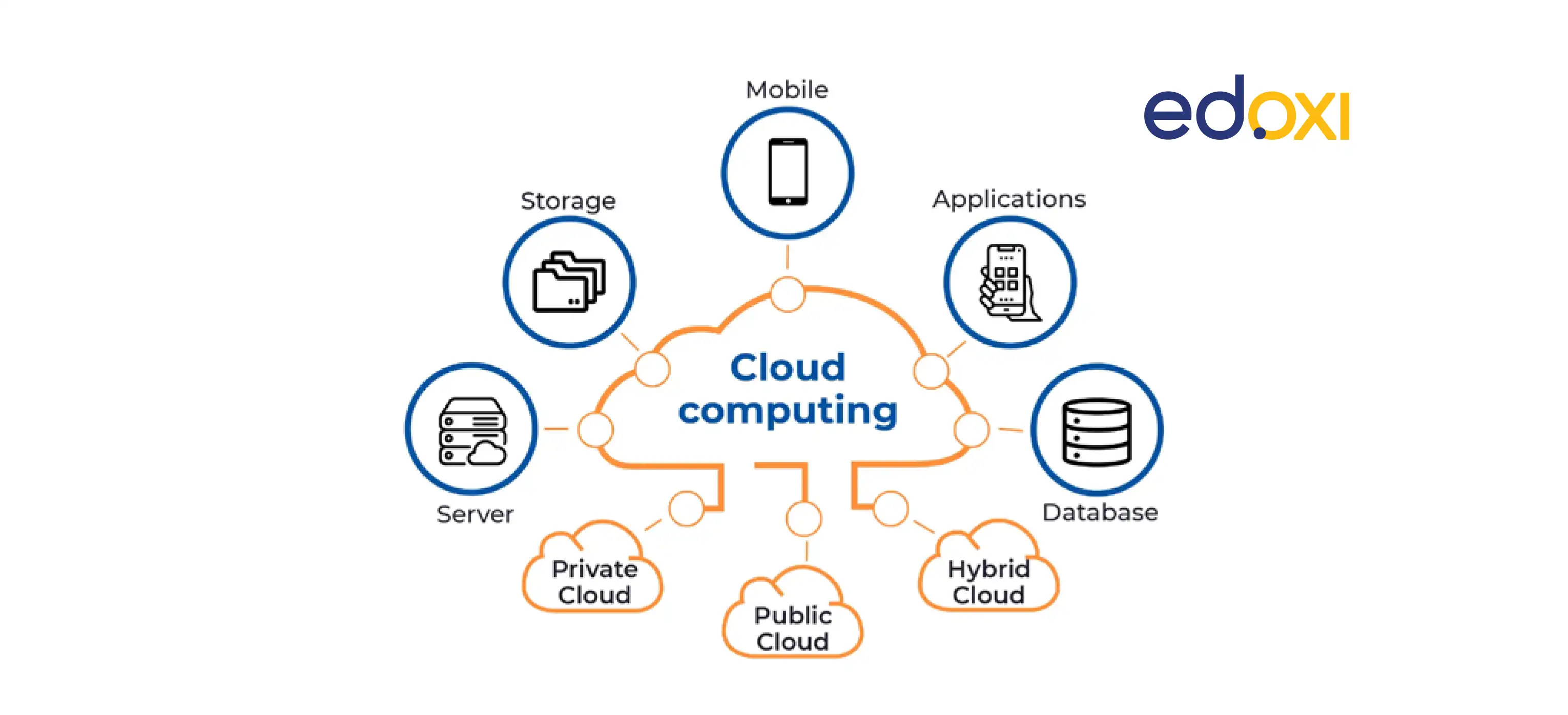Achieve Seamless Scalability With Cloud Solutions
In the ever-evolving landscape of cloud solutions, attaining smooth scalability stands as a foundation for modern-day services seeking to stay competitive and adaptable. The capability to easily broaden or contract sources in reaction to changing needs is a critical benefit in today's hectic digital environment. By grasping the art of scalable cloud solutions, companies can not only optimize performance and simplify operations however likewise pave the way for future development and innovation. The mission for seamless scalability with cloud services introduces a globe of possibilities for those happy to embrace the transformative power of vibrant source management.
Benefits of Cloud Scalability
Cloud scalability provides companies the adaptability to dynamically change resources based on need, making sure optimal performance and cost effectiveness. One key advantage is the ability to scale sources up or down promptly in reaction to rising and fall work. This dexterity allows companies to meet transforming client requirements without over-provisioning sources, inevitably causing set you back savings. Scalability also improves performance by making sure that systems can take care of boosted website traffic or work without experiencing downtime or downturns. By efficiently alloting resources, organizations can maintain high degrees of performance during peak times without unneeded costs during quieter durations. Additionally, cloud scalability advertises technology and trial and error by allowing companies to conveniently evaluate brand-new ideas and scale them as needed. This flexibility motivates a culture of continuous improvement and adjustment, enabling companies to stay competitive in a quickly developing market landscape. Eventually, the benefits of cloud scalability prolong beyond cost savings to encompass better efficiency, agility, and advancement.
Trick Attributes for Scaling
Effective scaling in cloud services relies on key features that allow organizations to change resources dynamically based on demand. One more crucial attribute is scalability, making it possible for systems to take care of increased workload by including resources flawlessly. Overall, these vital attributes collectively equip organizations to accomplish seamless scalability in cloud solutions.
Implementing Auto-Scaling Approaches
To effectively maximize source allocation and adjust to differing workloads, companies have to purposefully carry out auto-scaling techniques in their cloud solutions facilities. Auto-scaling allows systems to instantly change the number of calculate resources based upon real-time need. There are different auto-scaling techniques that organizations can utilize, such as predictive scaling, which utilizes historic data to anticipate future resource needs, and responsive scaling, which replies to existing workload modifications.

Finest Practices for Scalability
For organizations aiming to boost their scalability in cloud services, implementing ideal techniques is vital for ideal performance and resource monitoring. One secret finest practice is designing applications with a microservices architecture. This technique breaks down applications right into smaller, independent services that can be see page deployed, upgraded, and scaled separately, enabling higher adaptability and scalability.
Another vital practice is making use of containerization technology, such as Docker or Kubernetes. Containers make it possible for the packaging of applications and their dependencies right into separated systems, making it simpler to scale parts separately and deploy them regularly throughout different settings.
In addition, carrying out automated deployment and facilities as code (IaC) can streamline scalability initiatives (linkdaddy cloud services). Automation tools like Terraform or Ansible help in provisioning and taking care of resources effectively, lowering hands-on mistakes and allowing quick scalability
In addition, monitoring performance metrics, establishing up notifies, and conducting normal capacity planning are necessary practices to ensure aggressive scalability management. By adhering to these finest practices, companies can attain seamless scalability in their cloud services while enhancing efficiency and resource utilization.
Surveillance Efficiency Metrics
When examining the performance of cloud services scalability, very closely keeping track of performance metrics is crucial for making sure ideal capability and source allowance. By continually tracking key efficiency indicators (KPIs) such as reaction times, latency, source, and throughput use, companies can get important insights right into the health and performance of their cloud framework. Monitoring efficiency metrics click for source permits the very early discovery of potential traffic jams or problems that can affect scalability, allowing proactive actions to be required to address them prior to they intensify.

Final Thought
In verdict, achieving seamless scalability with cloud solutions is crucial for companies to enhance efficiency, improve development, and maintain high efficiency levels throughout peak times. By leveraging the benefits of cloud scalability, carrying out auto-scaling techniques, using vital functions such as flexibility and automation, and following best methods check that like application design and efficiency surveillance, organizations can successfully scale their systems while making best use of source usage and performance.
The mission for seamless scalability with cloud services reveals a world of opportunities for those ready to accept the transformative power of dynamic source administration.
Cloud scalability offers companies the versatility to dynamically adjust sources based on demand, ensuring ideal efficiency and expense effectiveness. Another essential function is scalability, enabling systems to manage increased work by including resources effortlessly.For companies intending to improve their scalability in cloud solutions, applying finest techniques is vital for optimal efficiency and source monitoring.When assessing the efficiency of cloud solutions scalability, closely checking performance metrics is necessary for guaranteeing optimum functionality and resource appropriation.